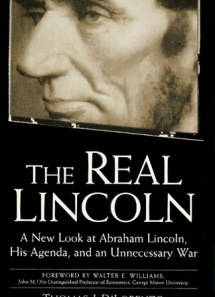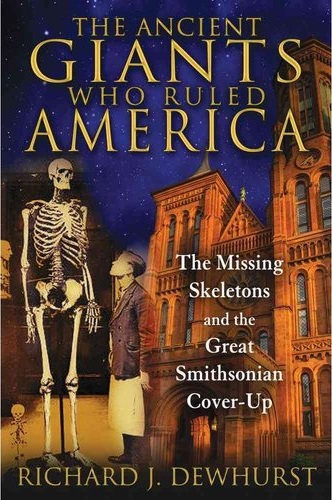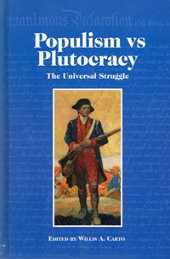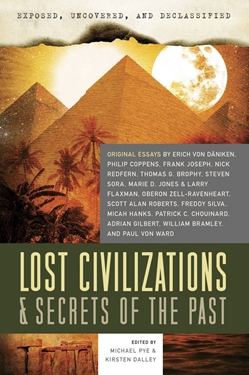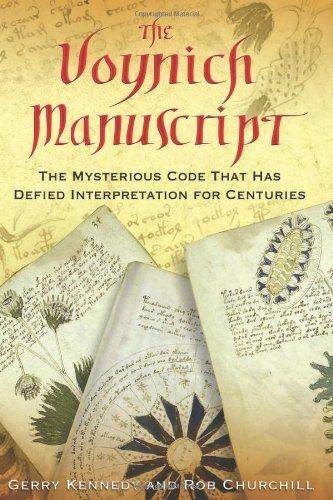Description
By Thomas J. Dilorenzo. The author makes hamburger out of sacred cow. Dilorenzo shows Lincoln as he truly was, a mentally unstable despot bent on dragging the nation into years of bloody, unnecessary fratricide. A side of Lincoln few ever knew existed is exposed for all to see.


